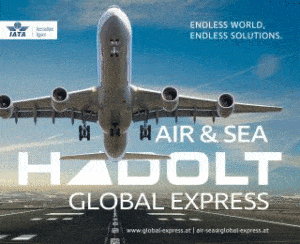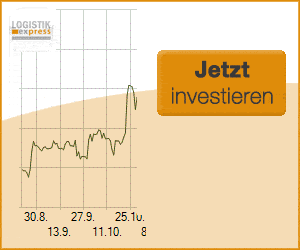Rolling Highway: Soon 40,000 more parking spaces available at Brenner
Austria’s Transport Minister Ing. Norbert Hofer returned from yesterday’s Brenner meeting in Munich with a positive feeling. “We have come one step closer to our main demand – the signing of the Brenner Action Plan by all partners. The German Minister of Transport Christian Schmidt has approved of the contents. He wants to leave the signature to the new German Minister of Transport, but he said that he will join the working groups to implement the concrete measures,” Hofer says.
The action plan lists some 50 concrete measures that have to be implemented by Austria, Germany, Italy and the regional governments to guarantee the full effectiveness of the Brenner Base Tunnel, which will be completed in 2026. “We see that Germany still has potential in the inflow sections. At the Brenner meeting, my colleague Christian Schmidt has cited a large number of measures that Germany plans to implement by 2030 in order to shift the goods transport from road to rail,” says Norbert Hofer.
Austria’s signing of the “Brenner Action Plan” is supported by EU Transport Commissioner Violeta Bulc. In a letter dated 1 February 2018, she assures that the Commission is very much in favor of an immediate signing of the plan. At the same time, Violeta Bulc thanked Austria for its many years of support and great commitment to the development of the Trans-European Transport Networks.
Also Tyrolean governor Günther Platter gave “green light” for the action plan in the context of the Brenner discussion. However, he called for an additional protocol in which the understanding for the truck block clearances to reduce the burden on people, nature and infrastructure should be expressed. He also calls for the toll tariffs on the Munich Verona route to be gradually increased by 2019 up to the maximum allowed by the current EU Road Freight Directive. His third point is the introduction of a maximum truck limit with the aim of reducing detour-transit traffic on the Brenner Axis – in two stages with the final goal of achieving a 50:50 split between road and rail once the Brenner Base Tunnel has been completed.
In the previous year, 2.3 million trucks traveled on the Brenner axis. This represents an increase of 8 percent compared to 2016. The average daily truck traffic was 8,300 vehicles per day. 30 to 40 percent of the transit traffic are so-called “detour traffic”, ie journeys that would have the shortest or the “best” way actually over Switzerland, where the toll with EUR 225 is however twice as high as over the Brenner (EUR 100,- ).
Austria – and the Federal Ministry of Transport, Innovation and Technology – is committed to constantly improving the situation. For decades there has been a clear commitment to shifting traffic to rail. Thus, in the ÖBB framework plan from 2017 to 2022, some EUR 14.6 billion are available for measures to shift traffic to rail, of which EUR 5 billion alone will be used to set up the Brenner Base Tunnel.
In the area of Rolling Highways the Minister of Transport Norbert Hofer announced that a further 40,000 parkings could be created within a few weeks from the existing 209,000 parking spaces – in the medium term, Hofer believes that an additional 90,000 units can be added. Also, the above-mentioned working group will quickly put forward specific proposals.








